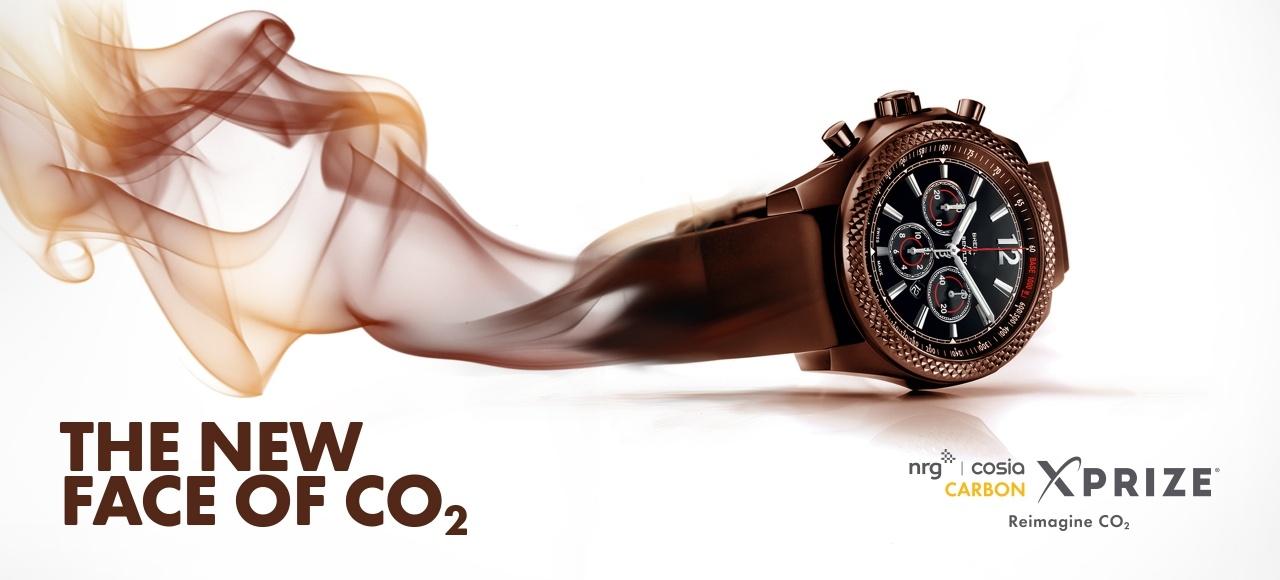
The Carbon XPrize is a five-year competition that seeks to convert carbon emissions into successful, profitable and useful products. Forty-seven organizations from seven nations will compete in this $20 million competition. Announced last year, the fundamental aim of the prize is to rethink how society tackles CO2 mitigation and addresses climate change while creating new economic opportunities.
The contest is sponsored by U.S.-based NRG Energy and Canada’s Oil Sands Innovation Alliance (COSIA), which are representative of the fossil fuel sector. And the prize surmises the challenges this industry needs to address if it is going to stay viable in the 21st century. Officially branded as the NRG COSIA Carbon XPrize, the competition could result in taking one of the world’s most pressing environmental and economic problems -- carbon emissions -- and churning them into new revenue streams.
The competitors come from across the globe and include large companies, startups and university researchers, Paul Bunje and Marcius Extavour of the XPrize wrote in a blog post. All participants were asked submit detailed plans on how they would convert CO2 into products such as alternative low-carbon fuels, building products, or base materials that could be used to manufacture new consumer goods and industrial products.
But according to Carbon XPrize’s managers, this competition is about more than converting CO2 from a power plant into products. The winning organizations must also show that they can use a minimal amount of energy, water and land while creating these new materials.
The finalists’ business models are all over the global map. Huvr Frost of Ottawa, Canada, seeks to turn CO2 from flue gas emissions into a material that could be used for energy storage. Aljadix of Switzerland developed what it says is a “carbon-negative” biofuel from algae. And in Southern California, UCLA’s Carbon Upcycling project insists it can extract CO2 from power plant smokestacks and convert it into a construction material that boasts the strength of cement without its time-consuming curing process.
The competition has two tracks: one focused on harvesting CO2 from coal power plants and another devoted to converting emissions from natural gas-fired plants. A judging panel is now evaluating this first round of competitors, with as many as 15 semi-finalists for each track to be announced later this year. The finalists will be chosen at the end of 2017, and up to 10 companies will split a pot of $5 million to continue their research and development.
Those organizations have until February 2020 to perfect and scale their technologies before the final two winners are chosen. Each winning organization will score a $7.5 million award. But the hope is for a bigger outcome, one with more innovations that prevent climate change risks and inspiration for a new industry unfathomable just a few years ago.
Image credit: Carbon XPrize

Leon Kaye has written for 3p since 2010 and become executive editor in 2018. His previous work includes writing for the Guardian as well as other online and print publications. In addition, he's worked in sales executive roles within technology and financial research companies, as well as for a public relations firm, for which he consulted with one of the globe’s leading sustainability initiatives. Currently living in Central California, he’s traveled to 70-plus countries and has lived and worked in South Korea, the United Arab Emirates and Uruguay.
Leon’s an alum of Fresno State, the University of Maryland, Baltimore County and the University of Southern California's Marshall Business School. He enjoys traveling abroad as well as exploring California’s Central Coast and the Sierra Nevadas.














